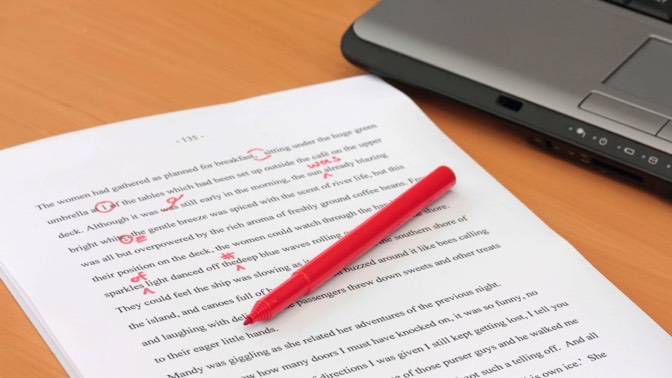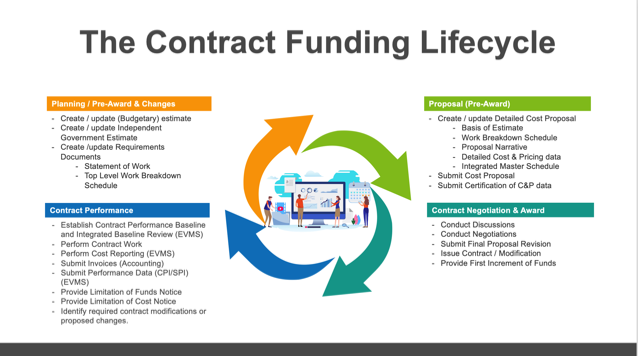Proposal Writing

Well-written proposals are compliant, complete, clear, correct, concise competitive and compelling.
Compliant proposals meet all the requirements identified by the government in their Request for Proposals (RFP). These data are organized and presented in the format (including page limitations, font size, etc.) described in Section L of their RFP. We use a requirements cross reference matrix in our proposals to track RFP administrative requirements and ensure we 'color within the lines.'
Complete proposals include all the information the client requires in their Request for Proposals (RFP) supported as needed by appropriate tabular or graphical figures. Again, this is a function of the Requirements Matrix and mapping each requirement to specific proposal paragraphs to ensure complete coverage and to provide a convenient index for reviewers. When proposals are evaluated (scored) the government will look for specific information and, if that information is missing, they will downgrade your proposal.
Clear proposals express thoughts in well structured paragraphs with topic sentences and then short declarative sentences that expand the topic. Clear proposals minimize the use of jargon or complex words in preference for short subject, verb, object structure.

Concise proposals convey the maximum information in the minimum space. The Contract Coach is expert at developing various tables or figures to illustrate and present complex concepts or data. We also edit proposals to eliminate "fluff" and focus on a more 'meat and potatoes' approach that clearly and concisely present data that the government needs to make their evaluation.
Competitive proposals demonstrate how the offeror's solution is the best technical approach and that the offeror is the best qualified source for providing that solution.
Compelling proposals provide a convincing argument to the government that your solution is the best value approach to fulfilling their requirements. We incorporate win themes throughout the proposal that guide the government towards our solution and then support those assertions with information that naturally lead the evaluator to the conclusion(s) we want.
Infographics

